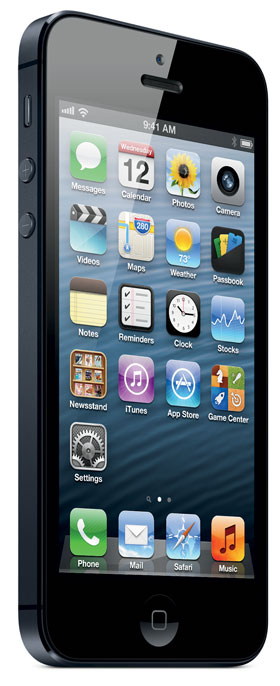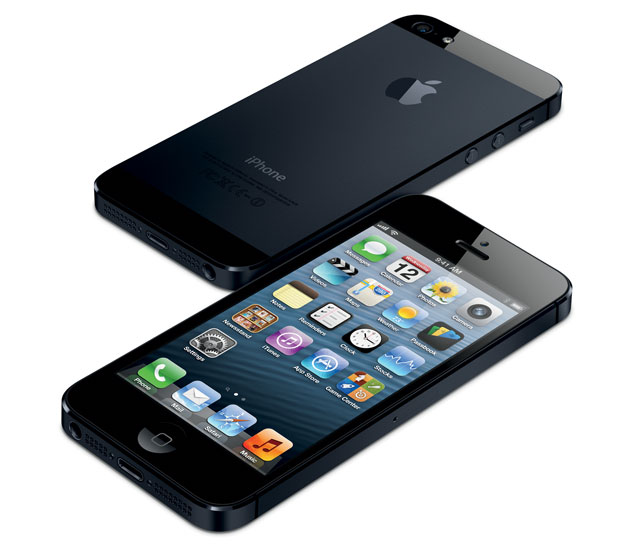 It’s been one of the most hyped products in the history of the consumer electronics industry. Finally, after months after feverish speculation, Apple has taken the wraps off its next-generation iPhone.
It’s been one of the most hyped products in the history of the consumer electronics industry. Finally, after months after feverish speculation, Apple has taken the wraps off its next-generation iPhone.
But, as competition in the smartphone market intensifies, the question on everyone’s lips now is whether the company, the world’s biggest by market value, has done enough to keep its rivals at bay for another year.
One thing is now clear: many of the bloggers and technology sites that have been keeping the rumours turning over were surprisingly accurate about what Apple had up its sleeve for the iPhone 5, starting with its name. No “new iPhone” here.
With a 4-inch display – again, as predicted – and a resolution of 1 136×640 pixels (pixel density of 326ppi), the iPhone 5 is 18% thinner at 7,6mm and 20% lighter at 112g. The screen is the same width, but taller, meaning old applications will run letter-boxed. It’s not quite an aspect ratio of 16:9, but it’s not far from it, meaning it’s better suited to consuming video.
As expected, the iPhone 5 includes a next-generation mobile broadband LTE (long-term evolution) antenna. It’s unclear whether the device will work on MTN’s forthcoming LTE network, but as that network is slated to operate in the 1 800MHz band, and the recently announced UK network Everything Everywhere — which Apple says will carry the device — runs on the same frequency, it looks likely.
MTN has said it will launch its LTE network commercially in the fourth quarter of 2012.
The camera, one of the biggest selling points of the iPhone 4S, remains largely unchanged, except for feature additions such as panorama functionality — which creates images of up to 28 megapixels – and the ability to grab stills while shooting 1 080p video. The front-facing camera is now a 720p model.
Another bit of speculation the pundits got right was the introduction of a new connector. Called “Lightning”, Apple has justified the change from the old 30-pin connector by saying that most connectivity — beyond charging — happens wirelessly now, anyway. The company hinted at a range of adaptors to ensure existing accessories aren’t rendered obsolete. The connector is double-sided and resembles Thunderbolt connectors.
The iPhone 5 will retail for the same price as the 4S did at launch. The iPhone 5 will cost $199 for the 16GB version, $299 for the 32GB, and $399 for the 64GB on contract in the US.

The handset will be rolled out to the US, the UK, Canada, Germany, France, Australia, Hong Kong, Japan and Singapore on 19 September and 20 further countries next month.
That means SA will most likely be in a future batch of countries and will probably see the device in November or early December, in line with the launch timeframes for the 4S model.
New iPods
Apple also used Wednesday’s keynote to unveil minor improvements to iTunes for both desktop and mobile devices, along with updates to the iPod digital music player range.
The iPod nano has been overhauled, as has the iPod touch. The new iPod touch includes the same screen as the iPhone 5 and will include Apple’s voice recognition software, Siri.
Apple’s share price was trading flat shortly after the conclusion of the keynote. Though the company didn’t make any revolutionary announcements at the keynote, the iPhone 5, for one, will no doubt still ship by the bucket-load. — (c) 2012 NewsCentral Media




